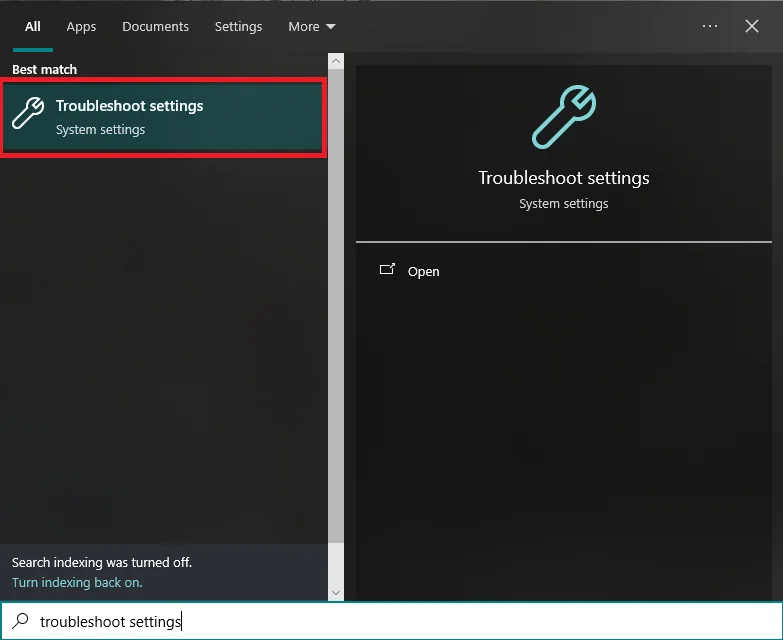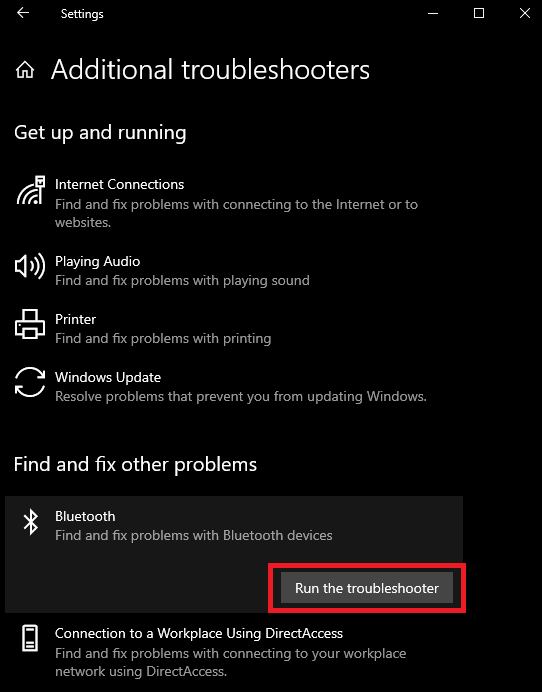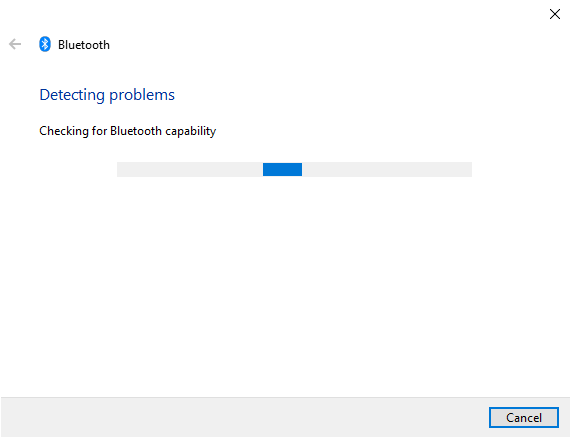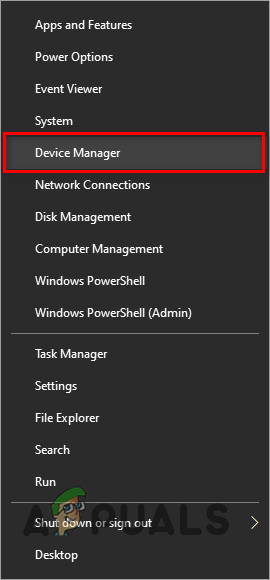How to Fix an Xbox One Controller That Won’t Connect to PC
An Xbox One controller that won’t connect to a PC usually blinks or vibrates without establishing a proper link. This typically points to outdated drivers or firmware issues with the controller or PC. The most common culprit is using an incorrect or non-data-sync USB cable, which prevents proper communication.

For wireless connections, Bluetooth pairing conflicts can also cause problems.
In this article, we will discuss different solutions to solve this issue.
Troubleshooting Prerequisites
Before proceeding with the solutions in this guide, make sure you have completed the following troubleshooting steps:
- Check your controller’s battery: Ensure it’s charged, as a low battery can prevent connection.
- Restart both your controller and PC: A simple restart can resolve many connectivity issues.
- Disable and re-enable Bluetooth: Turn Bluetooth off and back on to fix connectivity problems.
1. Run the Windows Hardware Troubleshooter
The Windows Hardware Troubleshooter is a built-in tool that automatically detects and resolves issues with hardware devices connected to your system, helping to fix configuration errors and compatibility conflicts efficiently.
- Press the Windows Key, type Troubleshoot, and press Enter.

- Go to Additional troubleshooters.
- Select Bluetooth.
- Click Run the troubleshooter.

- Follow the prompts to complete the troubleshooting process.

2. Update Xbox One Controller Drivers
If your Xbox Controller connects to your system but doesn’t work properly, update its drivers using Device Manager to ensure optimal functionality.
- Connect your controller to your PC.
- Press Windows + X and choose Device Manager.

- Right-click on the Microsoft Xbox One Controller and select Update Driver.
- Select Search automatically for updated driver software.
- Let the system update the drivers.

3. Use a Different Cable
The issue might be with your USB cable rather than the controller. To check the cable’s functionality, use a different cable with your controller or connect the original cable to another device. If the controller connects with a different cable, the original cable is faulty.
4. Update Controller Firmware
Outdated firmware on your controller can cause various connectivity problems, so regularly checking for and installing updates is crucial to maintaining a stable connection and preventing performance issues.
The simplest method is to plug the controller into an Xbox One, which will automatically check for and install any available firmware updates.
For those without Xbox One access, download the Xbox Accessories app from the Microsoft Store onto your PC. Connect your controller and use the app to check for firmware updates. If an update is available, install it and reboot your PC to address the connectivity issues.
5. Disconnect Other Devices
Having many USB devices connected to your PC can create conflicts, potentially preventing your Xbox One Controller from connecting. To check if this is the issue, remove all USB devices from your PC and connect only the Xbox One Controller.
If it works correctly, one or more USB devices may be causing interference. Reconnect each device one by one to identify the problematic one. If the controller malfunctions again, the last device you reconnected is likely the cause.
6. Update Windows to the Latest Version
To ensure optimal performance and functionality, the Xbox One Controller must be used with the latest version of Windows. Running an outdated version could lead to compatibility issues affecting how the controller operates.
- Press Windows + I to open Settings.
- Select Update & Security.
- Click Check for Updates.
- Install any updates that appear.

7. Contact Microsoft Support
If none of the above solutions work, consider reaching out to Microsoft Support for further assistance. They can provide specialized guidance and troubleshooting steps specific to your issue. If your controller is still under warranty, they might also offer a replacement if necessary.
- Go to this page and select “Contact Us” or “Ask a Question” to connect with a support agent.
